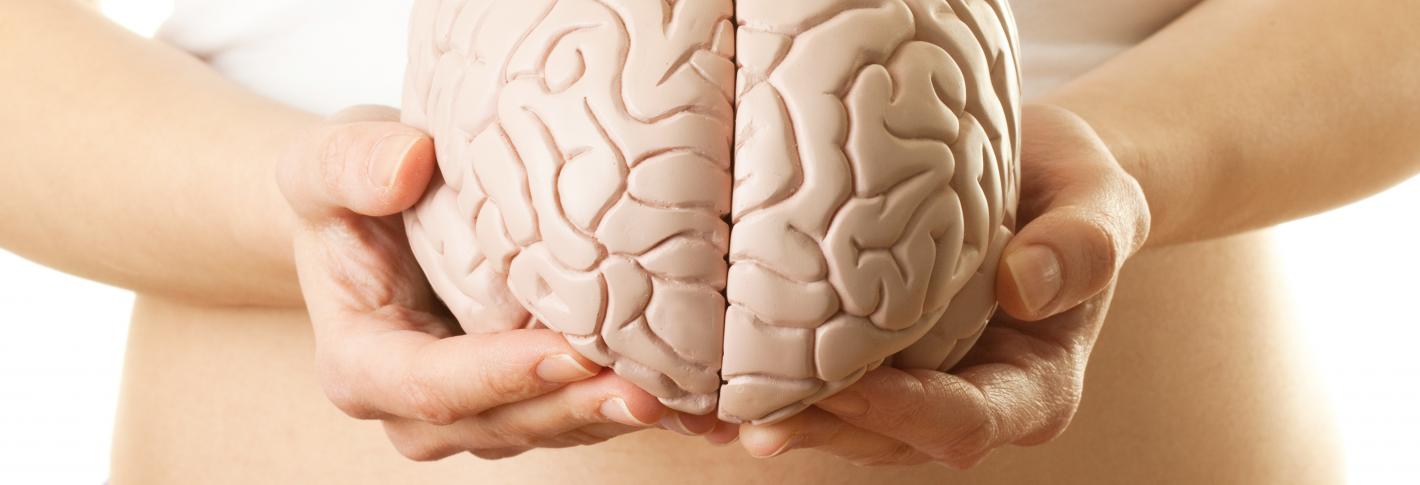The neuronal circuitry in the motor cortex should be optimally organized to achieve skillful movement. Repetitive practice is one of the best ways to learn a new motor skill, and induces reorganization of neuronal wiring in the motor cortex that involves synaptogenesis as indicated by new spine formation on pyramidal cell dendrites (Xu et al., Nature, 2009, Fu et al., Nature, 2012). The network change in the primary motor cortex is crucial for acquisition of a novel motor skill. However, the origin of synaptic inputs to the newly formed spines remained to be clarified. Here we characterized the presynaptic axon terminals innervating spines that were newly-formed during motor learning. We used longitudinal two-photon imaging to monitor the dynamics of dendritic spines on the apical dendrites of layer 5 excitatory neurons in the primary motor cortex of Thy1-eGFP-M line mice while mice learned a single-seed reaching task.
The spine formation rate at the dendritic tuft in layer 1 was significantly correlated with the success rate increase during the reaching training, indicating that the spine formation reflects the refinement of the motor skill. To identify whether the presynaptic axon comes from the cortex or thalamus, we fixed the brains immediately after the two-photon microscopy, followed by immunohistochemistry for excitatory presynaptic markers vesicular glutamate transporters type I (VGluT1) and type II (VGluT2), combined with an excitatory postsynaptic marker Homer 1. VGluT1 and VGluT2 are known to be expressed in cortico- (CC) and thalamo-cortical (TC) excitatory axon terminals, respectively. The post hoc immunolabeling of the axon terminals after spine dynamics observation in vivo revealed that refinement of a novel motor skill coincided with abundant CC synapse formation in the early learning period. On the contrary, new TC synapses appeared less frequently, but motor learning resulted in preservation of these newly-formed TC synapses. The transient CC and persistent TC innervation of newly-formed spines suggest that both CC and TC network remodeling contributes learning phase-dependently to the skillful motor learning.





